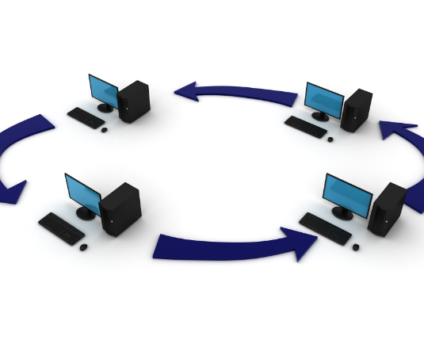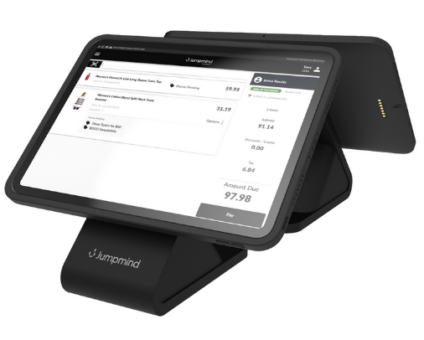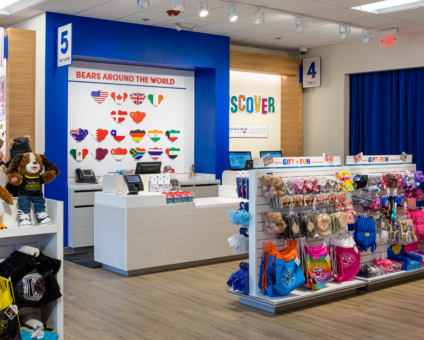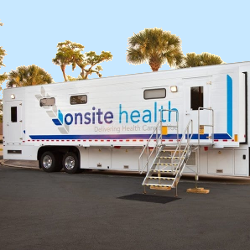Retailers are constantly looking for new ways to generate revenue and stay competitive. One strategy …
![]()
Cloud-native POS platform for seamless omnichannel customer experience.
![]()
A single hub for all promotions campaigns.
- Omnichannel ExperienceCreate seamless customer experiences
- Device IndependencePOS agnostic to form factor or operating system
- Self-CheckoutDo more with fewer associates
- Mobile StoreLeverage POS from anywhere
- POS on the GoEnable associates to sell outside of the store
- Unified PromotionsStreamline and simplify promotion workflows
- CX ConnectAllow customers to engage with POS during checkout
- Composable CommerceCreate the store experience you want
![]()
The most advanced synchronization solution for databases and file systems.
![]()
Data configuration and batch automation across different disparate systems and vendors.
-
Data Replication
- Multi-tier DistributionReplicate thousands of remote locations
- Cloud Database ReplicationCapture live changes from on-premise to the cloud
- High Availability and Load BalancingEnsure 24/7 access to data and scale efficiently with demand
- Analytics and ReportingCapture the whole picture with real-time reporting
- Multi-masterMaintain consistency of data in a peer to peer setup
- Data WarehouseReplicate live and historical data to a warehouse
- MigrationsConduct live data migration with no downtime
-
-
Data Integration
- Master Data ManagementChanges propagate across the entire system, allowing you to maintain a centralized view of all parts of your core business entities.
- Application IntegrationReduce dependencies, complexity, and risk to build a high-performance, data-driven application.
- Web ServicesIntegrate multiple systems using web services or build a business application using a service-oriented architecture.
- Data WarehouseIntegrate disparate data from multiple systems so you can transform data for better business intelligence and reporting.
- Data MigrationConduct live data migration during critical server replacements, storage upgrades, and data center relocations—with no downtime.
- ImplementationIntegration consultants help design, develop, and deploy an implementation of our products.
- DevelopmentThe product developers can add features, enhance existing functionality or build support for new platforms.
- TrainingEngage our experienced training resources to gain in-house knowledge and expertise on Jumpmind products.
- SupportLeverage product engineers to resolve issues, fix defects and provide updates or patches.
- Proof of ConceptDetermine the feasibility of implementing our products and get answers to your questions quickly.
Clienteling isn’t a new theory. It can be traced back hundreds of years when shopkeepers …
BOPIS, BORIS, and Curbside Pickup offer consumers and retailers the best of both worlds. …
View all Blog Posts
The SymmetricDS product can synchronize data between over forty different database platforms with out of …
Compare and Repair for SymmetricDS Pro can compare two databases, report on the differences, and …
Mobile replication with Android edge devices in near real time to an on-premise or cloud …
View all Blog Posts
Jumpmind President and CEO Joe Corbin to Lead Panel on Agility at Scale and Digitalizing …
Retail Technology Leader Jumpmind Brings Newfound Interactive and Personalized Digital Engagement to Inspire Shoppers at …
Retail Technology Leader Jumpmind Provides Enhanced Experiential Point of Sale and In-Store Engagement for Build-A-Bear Workshop …
View all Blog Posts
![]()
Cloud-native POS platform for seamless omnichannel customer experience.
![]()
A single hub for all promotions campaigns.
![]()
The most advanced synchronization solution for databases and file systems.
![]()
Data configuration and batch automation across different disparate systems and vendors.
-
Data Replication
-
-
Data Integration
-
Retail Retail trends, technology, and enhancing the customer experience
-
Data Thoughts on data matters, dialects, performance, and security
-
Case Studies How Jumpmind impacts the businesses of our clients
-
Videos & Webinars Watch on demand demos, reviews, and tours of our products
-
Company News Get the scoop on Jumpmind's growth and impact
View all Blog Posts
Syncing Sales Data with High Throughput

Professional services company syncs sales data to a data warehouse with high throughput.
Syncing Sales Data with High Throughput
Menlo Park, California
Industry
Professional Services
Number of Nodes
2
This S&P 500 professional services company needed to integrate existing systems by synchronizing sales data into a data warehouse. Consolidating sales data from more than 400 locations worldwide, the business wanted a central database where they could use business intelligence tools to analyze the raw data with data mining, analytics, and reporting.
With existing systems deployed in the cloud across machines in Amazon Web Services, communication needed to be secure, make efficient use of the network, and recover automatically from outages. It also needed to be easy to access and manage remotely. Their current ETL (extract, transform, load) tool could move data between systems with bulk operations, but they needed to respond quickly to structural changes and handle deletes on the source system, both of which required too much overhead and complexity to accomplish with ETL. Instead, they decided that data replication would be a simpler, easier to maintain solution.
The technical staff looked for a data replication solution with cross platform support for multiple databases. They preferred open source solutions for their more modular, flexible, and interoperable design. Other qualities they wanted in data sync software were a light weight architecture, easy configuration, efficiency, and overall good design. SymmetricDS Pro was selected as the database replication server to sync data from the PostgreSQL operational database to the Oracle data warehouse.
The technical team deployed SymmetricDS Pro to their AWS testing environment and configured it to replicate various aspects of the sales data. The functionality was a good fit for their use case, but as they began running stress tests, there were concerns about meeting production-sized data loads within the short time frame needed by their application.
JumpMind was engaged to review the situation. “They were bulk loading data in a short time frame, while disabling channels to control the flow, which was causing a unique challenge for the replication,” said Mark Michalek, Software Engineer at JumpMind. “We started a collaboration where the customer would send us snapshots of the system running a test, and we would send back parameter changes to optimize it,” said Michalek. Through the analysis, the development team also discovered an opportunity in the code for further optimization, and prepared a performance patch for the customer to install.
The teamwork paid off, and the customer achieved the data replication requirements of the project. “Whenever working with a new tool, one of the concerns is always the level of support available,” said Larry Rutledge, Senior Software Engineer for the customer’s technical team. “JumpMind has far exceeded my expectations in both responding to my questions and partnering with me to enhance the product based on my experience. I have been extremely impressed with JumpMind and all the engineers I’ve dealt with and look forward to a long term relationship,” said Rutledge.












